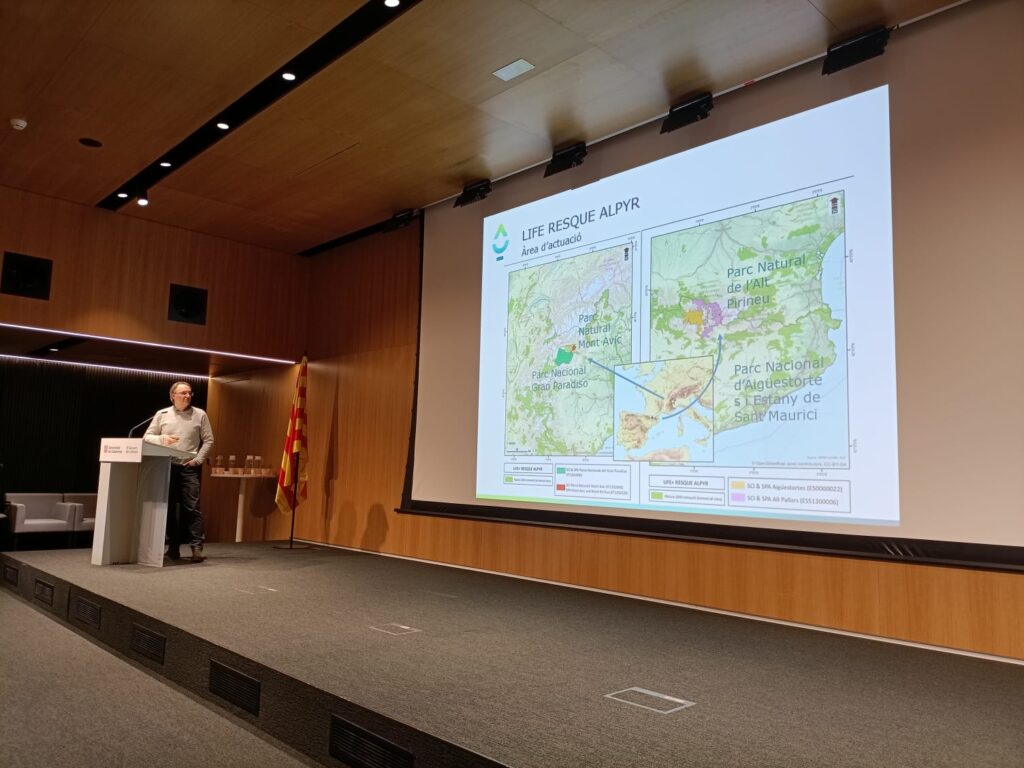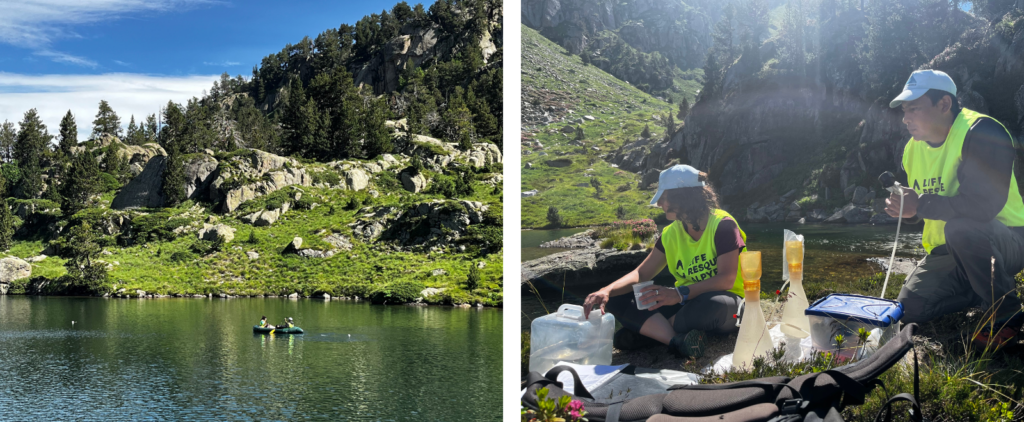The recent approval of the European Nature Restoration Law represents a major advancement in the conservation of the natural environment and biodiversity, with a strong focus on restoring degraded areas across Europe. This pioneering regulation sets ambitious targets: to restore 20% of degraded ecosystems by 2030, achieve 60% by 2040, and complete recovery by 2050. This mandate covers a variety of ecosystems, from forests and wetlands to agricultural lands and marine areas.
But how does Catalonia face this challenge? During this conference, we explored the implications and challenges of implementing this law in our territory. Many questions arise: How will environmental policies be modified to meet European requirements? How will restoration initiatives align with local socioeconomic needs? Which projects are already driving the recovery of our ecosystems?
To address this topic, the conference featured experts in conservation and restoration of different ecosystems. Among them was researcher and coordinator of the LIFE RESQUE ALPYR project, Marc Ventura.

The researcher began his presentation by stating that high mountain aquatic ecosystems are the most threatened, having suffered the greatest loss of biodiversity compared to other biomes.
He then spoke about the conservation and restoration of high mountain aquatic ecosystems in the Pyrenees, specifically high mountain lakes, with actions such as, among others, the removal of introduced fish species.
For instance, in a lake with trout, amphibians begin to disappear, and there is significant disruption to the trophic network in the littoral zone, where fish consume the largest macroinvertebrates. Negative effects increase when, in addition to trout, the presence of minnow—a small cyprinid introduced in many Pyrenean lakes as live bait for trout fishing—is detected.
The actions of LIFE RESQUE ALPYR have allowed the recovery of native animals that had disappeared from these spaces, such as the red frog, the Pyrenean newt, the midwife toad, various bat species, and the desman. At the same time, they are restoring the overall ecological health of these ecosystems, which, despite being in isolated areas, are heavily impacted by human activities.

Annual Prismàtic Conference
The event featured, among others, the Secretary for Ecological Transition of the Department of Territory of the Government of Catalonia, the Director General of Environmental Policies and Natural Environment of the Government of Catalonia, and the Deputy Director General of the Ministry for the Ecological Transition. From a research perspective, participants included researchers from the Centre for Ecological Research and Forestry Applications (CREAF), the Centre for Advanced Studies of Blanes (CEAB-CSIC), the Institute of Marine Sciences (ICM-CSIC), the Autonomous University of Barcelona (UAB), and the University of Barcelona (UB).
The event was held at the Administrative District of the Government of Catalonia in Barcelona. It is an initiative of the Department of Climate Action of the Government of Catalonia, coordinated by the Centre for Ecological Research and Forestry Applications (CREAF).
You can watch the full conference at this link.




